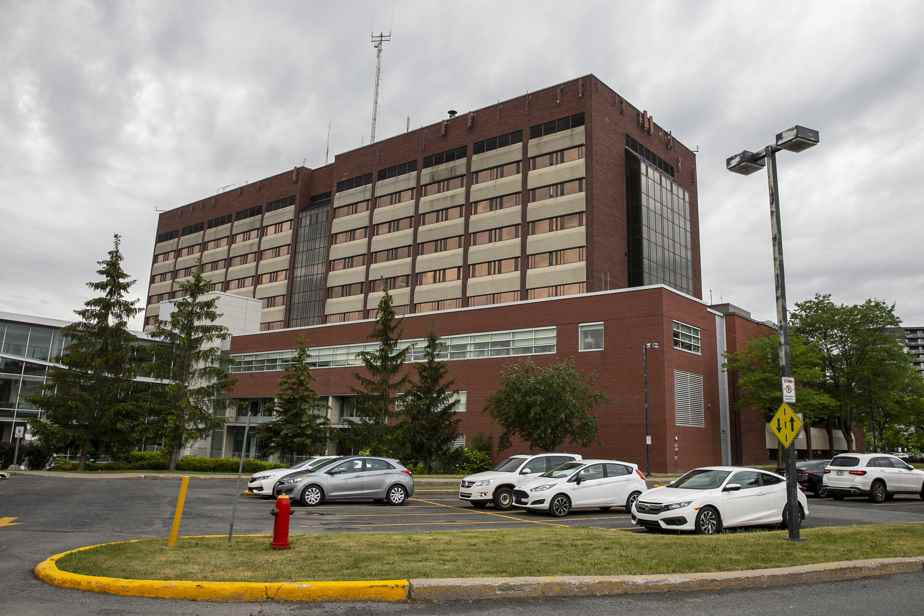The mushroom candida auriswhich can cause serious infections, has been identified in several patients at the Pierre-Boucher hospital in Longueuil.
Posted at 10:14 a.m.
On September 8, a person suspected of carrying candida auris was placed in isolation at the Pierre-Boucher Hospital, along with all of her close contacts. A second case was confirmed on September 19.
“Additional infection prevention and control measures have been put in place for confirmed and suspected users, in particular the isolation of positive contacts, hand hygiene, mask, gown, gloves, use of chlorinated products for disinfection of equipment and frequently touched surfaces,” told The Press the spokesperson for the Ministry of Health and Social Services, Marjorie Larouche.
In addition, three close contacts are under investigation. The source is still to be determined, since the patients were not returning from another country. Since 2014, there have been more than 20 known cases in Canada. Several of these cases, however, were associated with travel.
A severe infection
Infection with this fungus mainly affects hospitalized or immunocompromised patients. The mortality rate is around 60%, indicates the National Institute of Public Health of Quebec.
candida auris is an emerging fungus that poses “a serious threat to global health,” the US Centers for Disease Control and Prevention (CDC) said on its website.
Patients who have been hospitalized in a healthcare facility for a long time, who have a central venous catheter, or who have previously received antibiotics or antifungal medications, appear to be most at risk of infection with this yeast, detail the CDC.
In some patients, this yeast can enter the bloodstream and spread throughout the body. However, it is difficult to identify with usual laboratory methods and it can be misidentified in laboratories that do not have the specific technology, warns Public Health Canada.
This fungus was first identified in Japan in 2009. Since then, it has been reported in 17 countries on five continents.
Climate change under the magnifying glass
According to Canada’s National Collaborating Center for Infectious Diseases, there is reason to believe that rising temperatures due to climate change are contributing to the spread of the fungus.
For the DD Claudel Pétrin-Desrosiers, a family doctor in Montreal, who is interested in the link between health and the environment, the outbreak is not a surprise. It is “a consequence of our many actions”. It’s not “unexpected” or “surprising,” she said Thursday morning on Twitter.
“Many diseases and infections are influenced, aggravated, accelerated by environmental crises: disruptions, fragmentation of habitats, decline in biodiversity,” she said.
A roomheavy duty sprocket
Infection with this fungus is often resistant to several drugs commonly used to treat it. “Antimicrobial resistance is extremely well documented and accelerated, among other things, by the use of massive antibiotic therapy for mass agriculture and the significant consumption of antibiotic therapy for non-indicated uses,” explained Dr.D Petrin-Desrosiers.
In May 2017, the first multidrug-resistant case was declared in Canada in the external auditory canal of a 64-year-old person who presented with chronic otitis externa. The acquisition of this strain may have occurred in India.
This was the first multidrug-resistant strain identified in Canada. Previously, six strains had been identified in Canada, including one in Quebec in 2012, but they were all sensitive to the usual antifungals.

